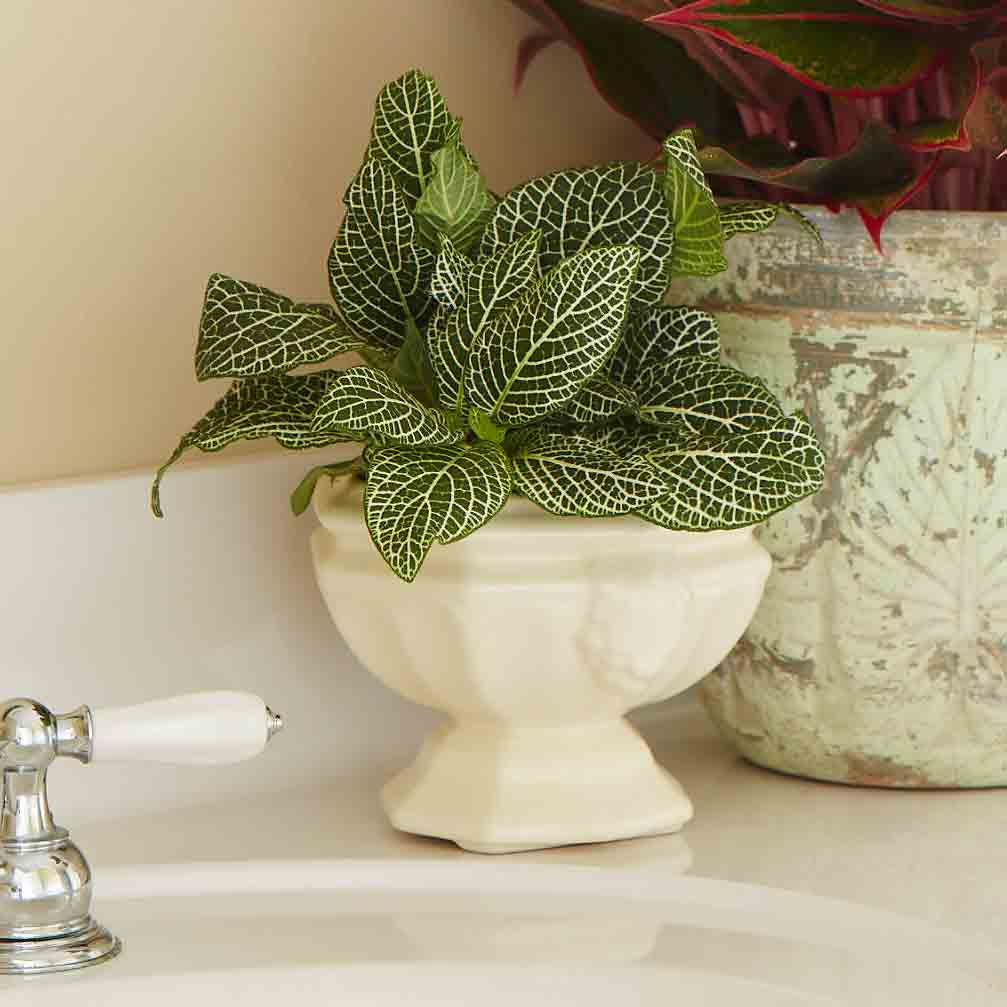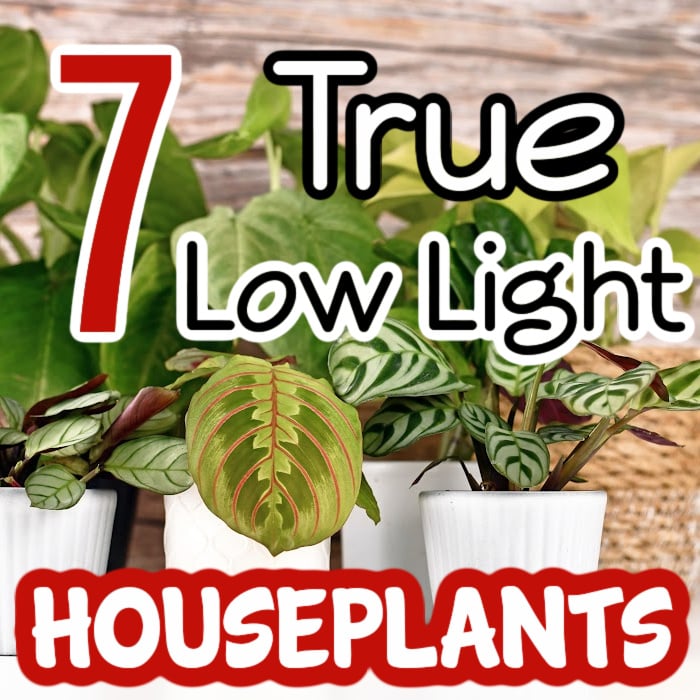Best Low-Light Indoor Plants That Thrive with Minimal Sunlight
Best Low-Light Indoor Plants That Thrive with Minimal Sunlight
Blog Article
Uncover the Tricks of Low-Light Indoor Plants and How They Boost Your Setting
Low-light interior plants have actually garnered boosting attention for their distinct ability to boost both aesthetic allure and environmental quality within homes and offices. These resistant types, consisting of the Serpent Plant and Tranquility Lily, not only flourish in tough lighting conditions however additionally play a pivotal role in air purification and psychological health.
Benefits of Low-Light Indoor Plants
Although many individuals presume that interior plants call for abundant sunlight to flourish, low-light interior plants supply a plethora of benefits that make them perfect for numerous atmospheres. Among the key advantages is their adaptability; they can grow precede with restricted natural light, such as workplaces, basements, or spaces with tiny home windows. This feature allows people to enhance their surroundings with plant, adding to enhanced appearances without the requirement for comprehensive lighting adjustments.
Additionally, low-light indoor plants can substantially improve indoor air quality by launching and filtering dangerous toxic substances oxygen, making living areas healthier. The existence of plants has actually been linked to greater sensations of peace and emphasis.
Additionally, low-light plants typically need much less upkeep than their sun-loving counterparts, making them excellent for active individuals or those new to horticulture. Their strength allows them to flourish with minimal intervention, thus providing a satisfying experience for plant lovers and beginners alike. In recap, low-light indoor plants offer both useful and aesthetic purposes, making them valuable additions to any type of room.
Top Low-Light Plant Varieties
Low-light indoor plants come in a variety of types, each offering unique characteristics and advantages matched for dim environments. Among one of the most prominent selections is the Serpent Plant (Sansevieria), recognized for its air-purifying capabilities and architectural leaves. This durable plant grows on overlook and can tolerate a vast array of light conditions.
Another superb option is the ZZ Plant (Zamioculcas zamiifolia), which includes shiny, dark environment-friendly leaves and is very drought-tolerant. Its versatility makes it a favorite for workplaces and homes with minimal sunshine.
The Pothos (Epipremnum aureum) is also a top challenger, with its tracking vines and heart-shaped fallen leaves - Best low-light indoor plants. This flexible plant can be trained to climb up or cascade, including visual interest to any area

Treatment Tips for Low-Light Plants
Taking care of low-light interior plants requires a nuanced understanding of their specific demands to ensure optimal development and vitality. First, it is necessary to pick the best potting mix, as a well-draining soil is crucial to avoid root rot. A blend made for houseplants, typically having peat moss and perlite, functions well for many low-light varieties.
Watering is another vital element of treatment. Low-light plants normally call for less constant watering compared to their sun-loving equivalents.
Fertilization should be come close to with caution. Throughout the expanding period, a watered down liquid plant food can be applied monthly, yet in wintertime months, numerous low-light plants go into inactivity official website and call for little to no fertilizing.
Last but not least, it is necessary to regularly cleanse the fallen leaves to get rid of dust, enabling much better light absorption. By adhering to these care pointers, you can cultivate a successful setting for your low-light indoor plants, boosting both their appearance and long life.
Enhancing Air Top Quality With Plants
Interior plants play a considerable duty in improving air top quality within homes and office. With the process of photosynthesis, these plants soak up carbon dioxide and release oxygen, adding to a healthier atmosphere. Additionally, specific low-light indoor plants have the capability to filter unsafe important link contaminants, such as benzene, trichloroethylene, and formaldehyde, which are commonly discovered in interior environments.

In addition, the visibility of indoor plants can boost moisture levels, which helps ease completely dry skin and breathing problems, even more enhancing overall wellness. This capability to enhance air high quality not only advertises physical health yet additionally sustains mental health.
Including low-light indoor plants into your living and working areas can cause a more vibrant and invigorating environment (Best low-light indoor plants). Investing in these natural air cleansers is a basic yet effective approach for boosting interior air high quality and fostering a much healthier lifestyle
Developing a Peaceful Indoor Room
The integration of plants into living rooms not just boosts air quality however likewise adds to a tranquil ambience. Low-light interior plants, such as snake plants and pothos, are particularly reliable in producing a calm atmosphere, as they grow in conditions that might otherwise be unwelcoming for other plant. Their rich foliage offers a soothing visual, decreasing anxiety and promoting leisure.
Integrating these plants into your office or home can evoke a sense of tranquility and health. Tactically positioning them in locations where you spend substantial time, such as living rooms or work areas, permits an immersive experience with nature, which has been shown to click this enhance state of mind and cognitive function.
In addition, the gentle movement of leaves in response to air movement can create a dynamic aesthetic component that boosts the overall ambiance. Consider utilizing a variety of plant heights and textures to include deepness and interest to your room. With thoughtful positioning and treatment, low-light interior plants can transform any type of location into a tranquil shelter, fostering not just visual complete satisfaction yet mental and also emotional health.

Conclusion
Integrating low-light interior plants right into various atmospheres yields substantial advantages, including enhanced air top quality and improved visual allure. The transformative power of low-light plants underscores their worth in improving both job-related and household setups.
Although many people assume that interior plants need plentiful sunlight to thrive, low-light indoor plants provide a multitude of benefits that make them optimal for different atmospheres.Furthermore, low-light interior plants can substantially improve interior air high quality by filtering system hazardous contaminants and releasing oxygen, making living areas healthier. In addition, particular low-light interior plants have the ability to filter dangerous pollutants, such as trichloroethylene, benzene, and formaldehyde, which are typically located in indoor settings.
Low-light interior plants, such as snake plants and pothos, are especially efficient in developing a peaceful atmosphere, as they grow in conditions that may or else be unwelcoming for various other greenery.Including low-light interior plants into various environments yields significant advantages, consisting of enhanced air high quality and boosted visual appeal.
Report this page